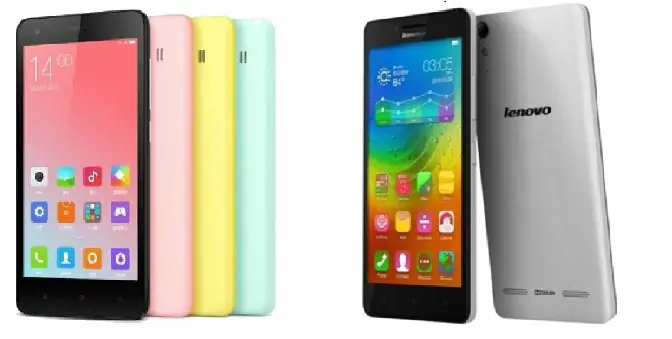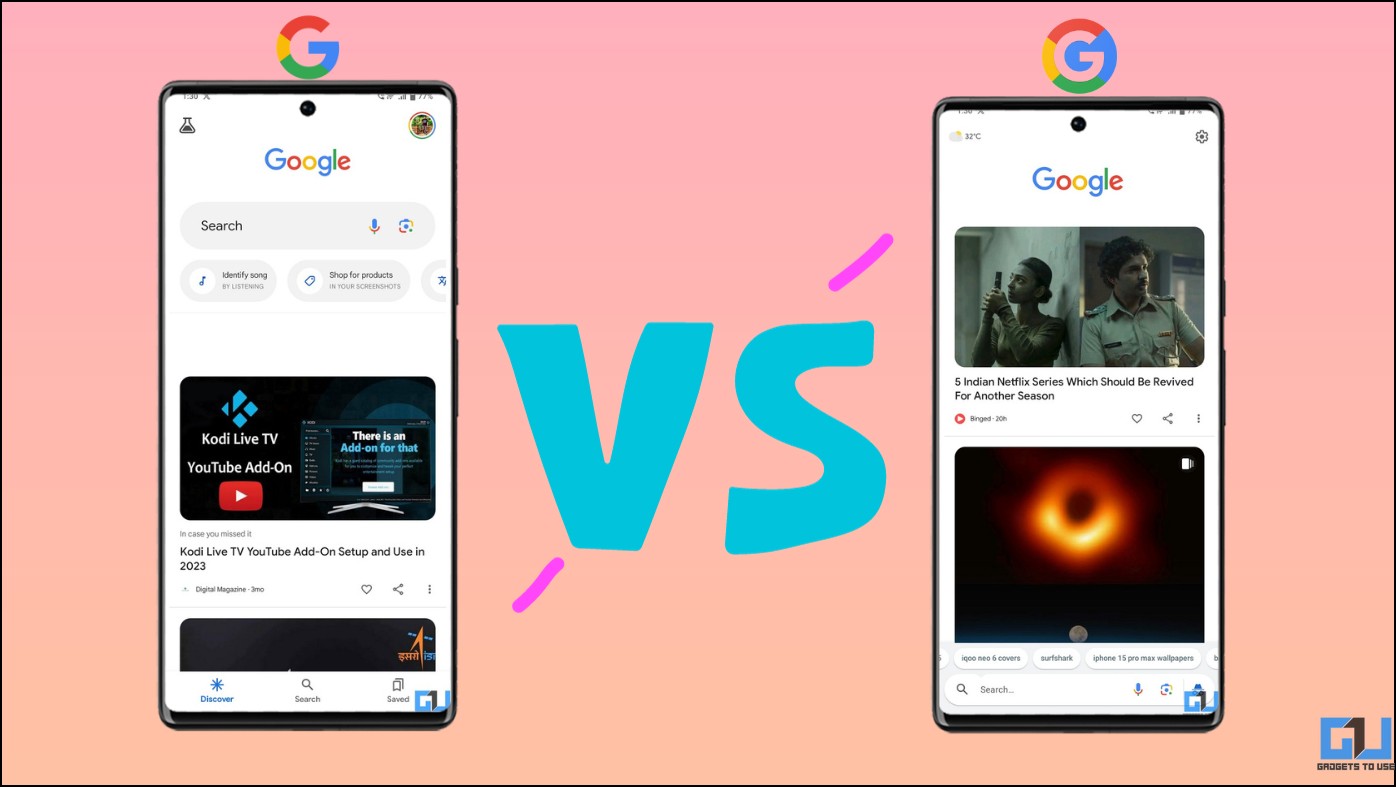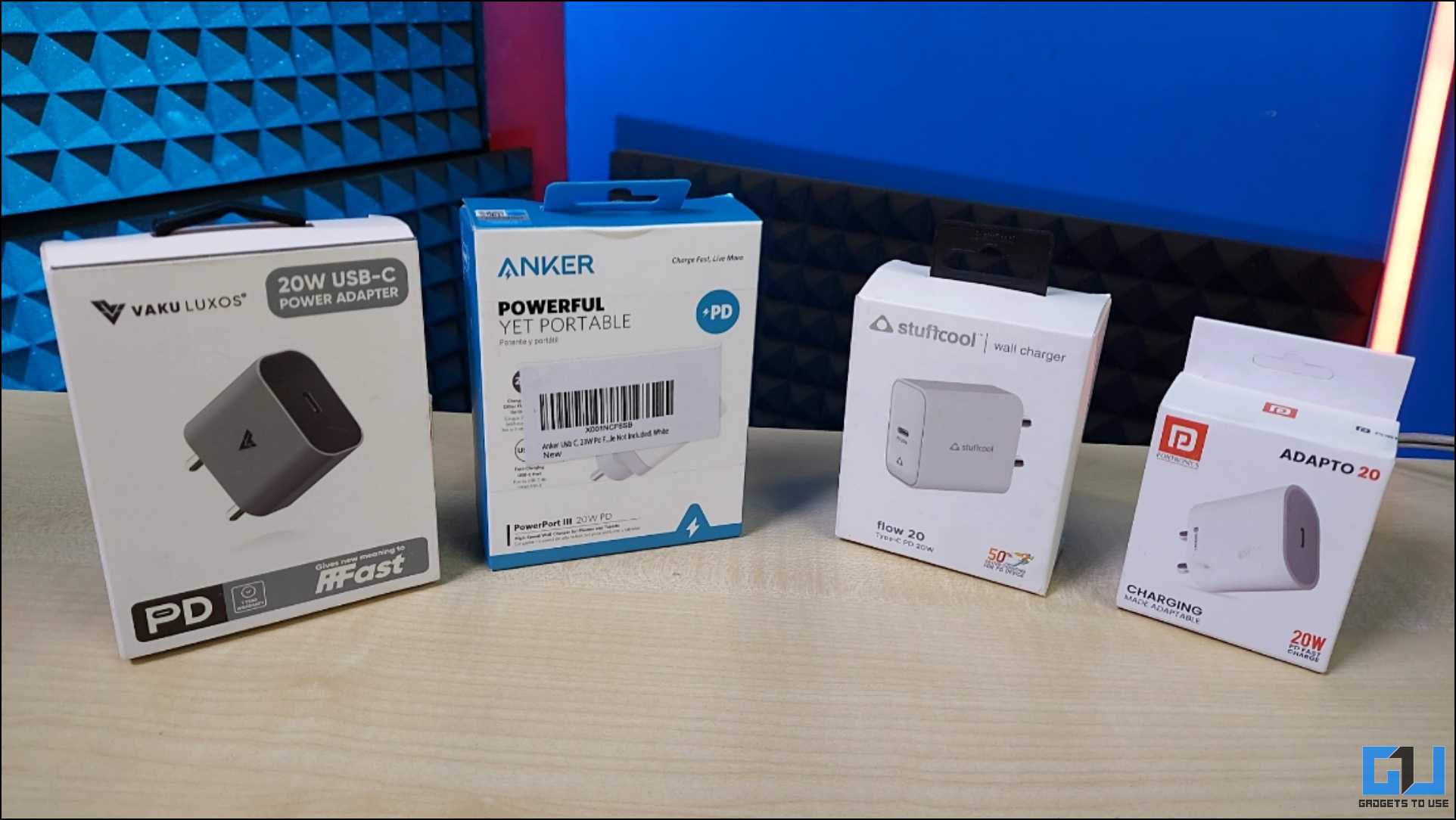Updated on 2015-22-3: Points in favor of each have been added below table after about a week of using the two.
As teased, Xiaomi released the Redmi 2 smartphone with 4G LTE connectivity support at an attractive pricing of Rs 6,999. The registrations for the device will be open from today and it will be available for sale on March 24. There are a few other similar offerings in the entry level smartphone arena and the Lenovo A6000 is one such device that is priced similarly. Here is a comprehensive comparison between the two smartphones to help you decide on one.
Key Specs
| Model | Xiaomi Redmi 2 | Lenovo A6000 |
| Display | 4.7 inch, HD | 5 inch, HD |
| Processor | 1.2 GHz Snapdragon 410 | 1.2 GHz Snapdragon 410 |
| RAM | 1 GB | 1 GB |
| Internal Storage | 8 GB, Expandable up to 32 GB | 8 GB, Expandable up to 32 GB |
| OS | Android 4.4.4 KitKat with MIUI 6 | Android 4.4.2 KitKat with Vibe 2.0 UI |
| Camera | 8 MP/ 2 MP | 8 MP/ 2 MP |
| Dimension and Weight | 134 x 67.2 x 9.4 mm and 133 grams | 141 x 70 x 8.2 mm and 128 grams |
| Connectivity | 4G LTE, Bluetooth 4.0, Wi-Fi, GPS/GLONASS | 4G LTE, Bluetooth 4.0, Wi-Fi, GPS/GLONASS |
| Battery | 2,200 mAh | 2,300 mAh |
| Price | Rs 6,999 | Rs 6,999 |
Lenovo A6000 Pros:
- Larger Display
- Apps can be moved to SD card unlike Redmi 2
- More Free RAM
- Is slightly Faster
Redmi 2 Pros:
- louder speakers
- Better community support
- Both SIM cards support 4G
- Display shows better colors
- Better UI
- Better Camera performance
- More Responsive Touch
Display and Processor
The Redmi 2 houses a 4.7 inch display, whereas the Lenovo A6000 flaunts a larger 5 inch one. Both the handsets retain the same screen resolution of 1280×720 pixels and they are IPS panels resulting in wide viewing angles. However, the Xiaomi phone has increased pixels as it a smaller display and it is a laminated panel with the Asahi Dragontrail glass protection.
On the raw hardware front, both the smartphones are identical with 64 bit 1.2 GHz quad core Snapdragon 410 processor. Both the smartphones support 1 GB of RAM for moderate multitasking. Notably, the 64 bit processing is not of use in both the devices as they run on Android KitKat operating system.
Camera and Internal Storage
The Redmi 2 boasts of an 8 MP main camera at its back with BSI sensor, f/2.2 aperture and 28 mm wide angle lens for better low light performance. On the other hand, Lenovo A6000 is given an 8 MP primary camera at its back with auto focus and LED flash. Up front, both the devices have a similar 2 MP selfie snapper.
Recommended: Lenovo Vibe Z3 Pro Likely to Go Official on March 23
On the storage front, both the Lenovo and Xiaomi offerings are pretty identical with 8 GB of native storage capacity that can be further extended by another 32 GB with the help of a micro SD card. These storage aspects are pretty standard among smartphones in this price bracket and there are no complaints in this regard.
Battery and Features
Lenovo A6000 has a relatively juicier 2,300 mAh battery, but the 2,200 mAh battery un the Redmi 2 supports QuickCharge 1.0 rapid charging technology.
Lenovo A6000 runs on Android 4.4.2 KitKat based on Vibe UI 2.0 on top, whereas the Redmi 2 is based on Android 4.4.4 KitKat topped with MIUI 6. Connectivity aspects onboard the devices are similar with 4G LTE, Wi-Fi, Bluetooth and other standard aspects.
Recommended: Moto E 2015 VS Xiaomi Redmi 2 Comparison Overview
Conclusion
Both the smartphones are priced at Rs 6,999 and arrive with almost similar aspects. Especially, both are entry level 4G LTE capable smartphones. Of the two, the Xiaomi phone seems to be better with a better display that will be relatively sharper as it packs in more pixels. But, Lenovo is already struggling to cater to the needs of all the customers who want to buy its A6000 and Xiaomi is already known for its flash sales model.



